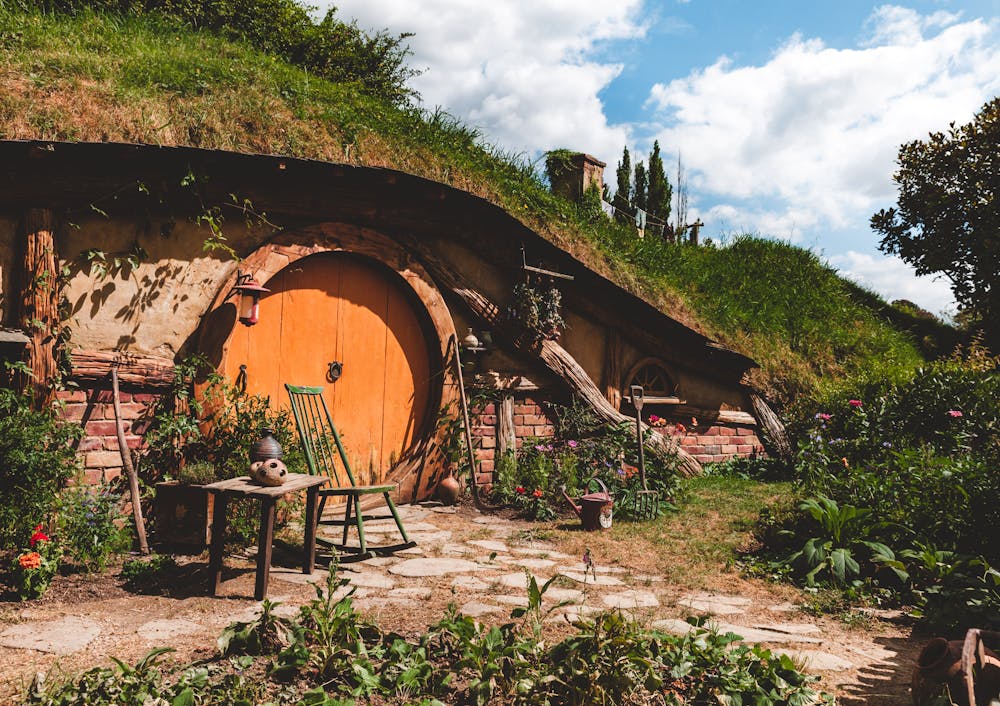Creating a lush, vibrant landscape doesn’t have to mean sacrificing environmental responsibility. In fact, with the right approach, homeowners in Utah can achieve both beauty and sustainability in their outdoor spaces. From conserving water to reducing chemical usage, eco-friendly landscaping offers numerous benefits for the environment and your wallet. Here are some practical tips, from incorporating native plants to using artificial turf in Utah, to help you transform your yard into a green oasis while minimizing your ecological footprint.
Embrace Utah’s Natural Beauty
One super easy way to promote sustainability in your landscape is by incorporating native plants. Utah’s diverse climate supports many native species well-adapted to local conditions. These plants usually require less water, fertilizer, and pesticides than non-native species, making them ideal for eco-conscious homeowners. Consider species like sagebrush, Utah juniper, and Rocky Mountain maple to add beauty and biodiversity to your yard while conserving resources.
Water Conservation
Water scarcity is a significant concern in Utah, making efficient irrigation practices essential for sustainable landscaping. You utilize drip irrigation systems or soaker hoses to distribute water directly to plant roots, minimizing evaporation and runoff. Invest in rain barrels to collect rainwater for irrigation, reducing reliance on municipal water supplies. Also, group plants with similar water needs together to avoid overwatering and ensure efficient water usage throughout your landscape.
Retain Moisture and Suppress Weeds
Mulching is a simple yet effective way to promote soil health, conserve moisture, and suppress weeds in your garden beds. Organic mulches, including straw, wood chips, or shredded leaves, can provide insulation and prevent moisture loss. It can also reduce the need for frequent watering. When these materials break down, they enrich the soil with nutrients, fostering healthy plant growth without chemical fertilizers. Mulching also helps to control weeds, minimizing the use of herbicides and promoting a more balanced ecosystem in your yard.
Turn Waste into Nutrient-Rich Soil
Rather than sending yard waste to the landfill, consider composting a sustainable alternative. Composting massively reduces waste and also produces nutrient-rich soil amendment for your garden. Collect grass clippings, leaves, and kitchen scraps in a compost bin, letting them decompose naturally over time. Using this compost to enrich garden soil, improve drainage, and support healthy plant growth without relying on synthetic fertilizers.
Artificial Turf – A Sustainable Solution
Artificial turf in Utah offers a compelling solution for homeowners looking for a low-maintenance option and a great alternative to traditional lawns. Synthetic grass requires minimal watering, eliminates the need for harmful pesticides and fertilizers, and stays green year-round without mowing or edging. When selecting artificial turf products, consider options made from recycled materials and certified as lead-free and non-toxic. Proper installation is crucial for ensuring optimal drainage and longevity, so consider hiring a professional landscaper with experience in synthetic turf installation.
Incorporating Artificial Turf into Your Landscape
Integrating artificial turf into your residential landscape can enhance the aesthetic appeal while reducing your environmental footprint. Consider using synthetic grass in areas where natural grass struggles to thrive, such as shady spots or high-traffic areas. Create inviting outdoor living spaces with artificial turf patios, play areas, or putting greens. Combine synthetic turf with native plants, decorative rocks, and permeable paving materials to design a sustainable and visually appealing landscape that requires minimal upkeep.
Eco-friendly landscaping isn’t just about aesthetics—it’s about making responsible choices that are good for the environment and future generations. By embracing it, homeowners in Utah can create beautiful, sustainable landscapes that thrive in harmony with nature. Whether you’re starting from scratch or transforming an existing yard, incorporating these principles will help you create a green and sustainable outdoor oasis.

